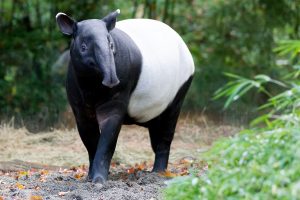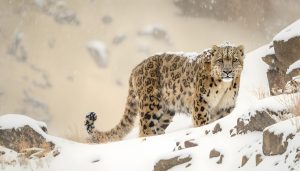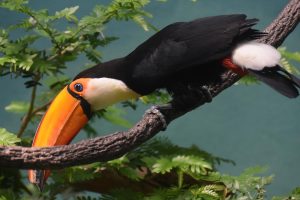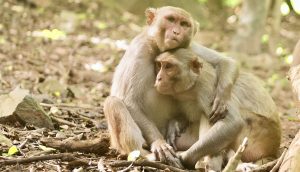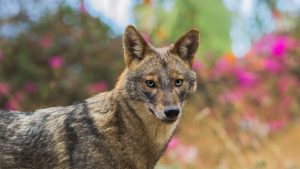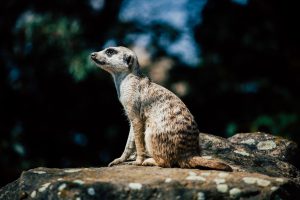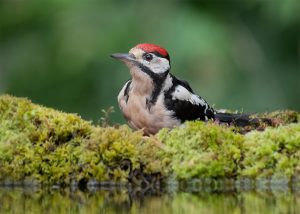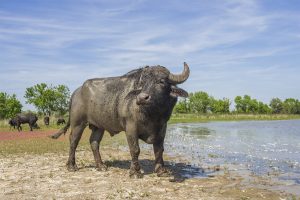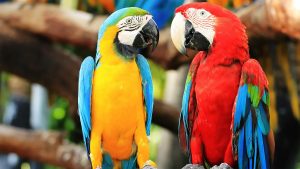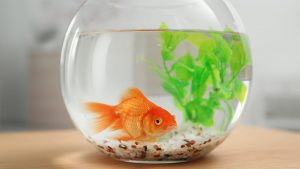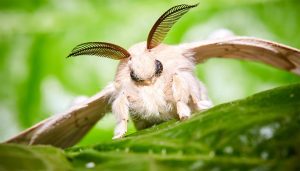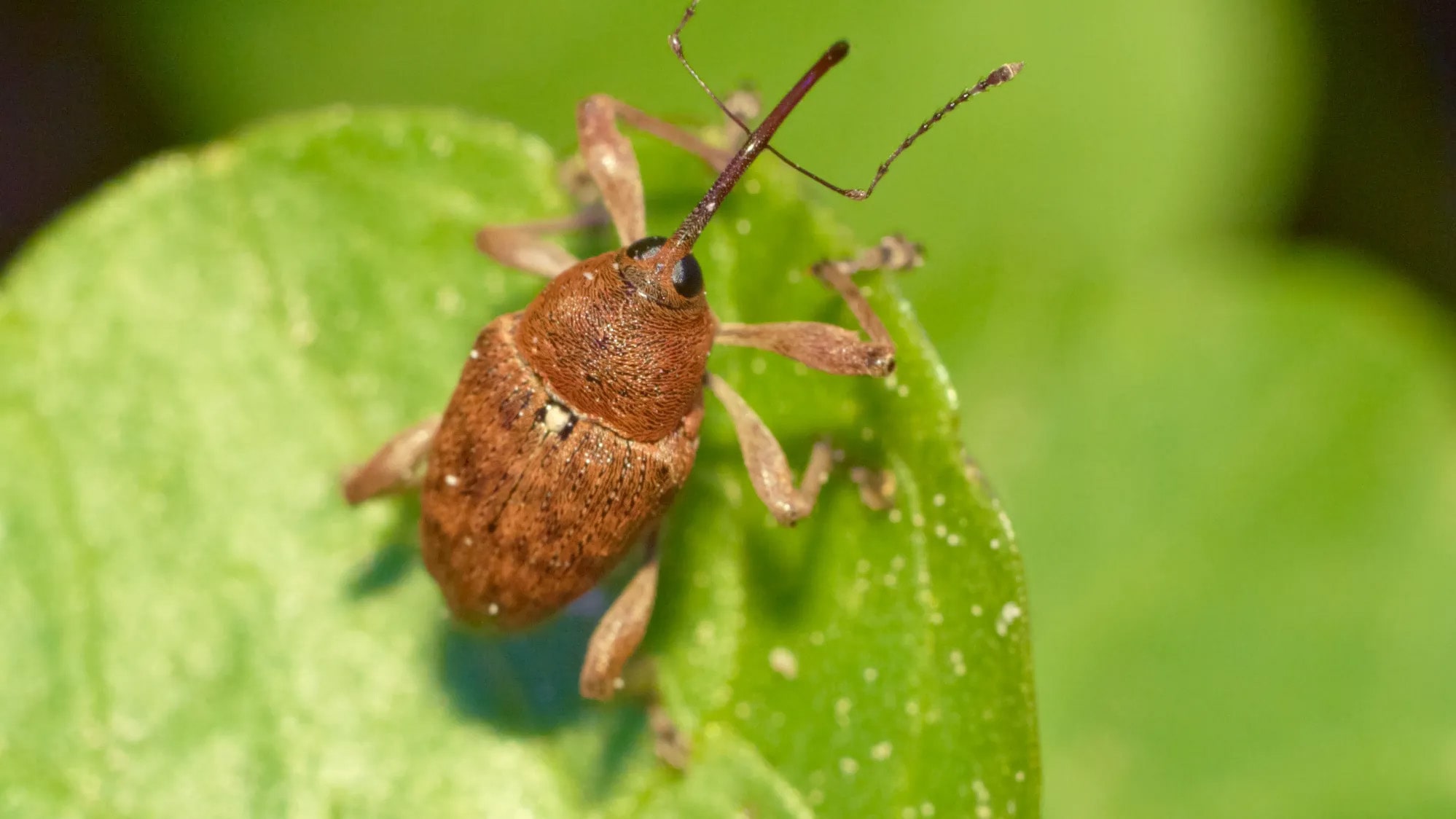
30 interesting facts about weevils
- 👁️ 1216
Weevils, often regarded as pests in both agricultural and domestic settings, are actually fascinating creatures with diverse habits and characteristics that make them an interesting subject of study. Comprising thousands of species, weevils are part of the beetle family Curculionidae, and they are easily recognizable by their distinctive long snouts. These insects play a significant role in the ecosystem, both as pollinators and as part of the food chain, despite their notoriety for damaging crops and stored food products. Here are 30 intriguing facts about weevils that shed light on their complexity and diversity.
- Weevils are the largest family of beetles with over 60,000 species identified worldwide.
- Their most distinctive feature is the elongated snout, known as a rostrum, which houses their chewing mouthparts.
- Weevils are predominantly herbivorous, feeding on plants, grains, nuts, and seeds.
- The boll weevil is famous for its devastating impact on the cotton industry before control measures were introduced.
- Some weevil species are considered beneficial as they feed on invasive plants or pests.
- Weevils undergo complete metamorphosis, evolving through four life stages: egg, larva, pupa, and adult.
- The rice weevil and the maize weevil are known for their ability to fly, unlike many other species.
- Female weevils use their rostrum to bore holes into host plants where they lay their eggs.
- Weevils have a unique defense mechanism of playing dead when threatened.
- The granary weevil, a common pest of stored grains, cannot fly.
- Weevils are usually small, ranging from 3 to 10 mm in length, but some tropical species can be larger.
- The lifespan of a weevil varies greatly depending on the species and environmental conditions.
- Many weevils are nocturnal, preferring to feed and mate at night.
- Weevils often exhibit very specific host preferences, which can make them particularly challenging pests to control in agriculture.
- The giraffe weevil, native to Madagascar, is named for its elongated neck, which is especially pronounced in males.
- Some weevils, like the acorn weevil, use their snout to drill into nuts to lay their eggs.
- Weevil larvae are legless and often C-shaped, resembling white grubs.
- In some cultures, weevils infesting stored food are considered a source of added protein.
- The vine weevil is a notorious pest in gardens, feeding on a wide range of ornamental plants and roots.
- Adult weevils usually have a hard exoskeleton that protects them from predators and environmental hazards.
- Weevils can cause extensive damage to crops, leading to significant economic losses for farmers.
- Certain weevil species are used in biological control programs to manage invasive plant species.
- Weevils communicate with each other through a combination of sounds and chemical signals.
- The coloration of weevils varies greatly, with some species exhibiting bright colors or intricate patterns.
- Weevils are found in a wide range of environments, from tropical rainforests to arid deserts.
- The diamondback weevil is known for its striking diamond-shaped markings on its back.
- Weevil infestations in stored products can be managed through proper hygiene, storage, and the use of insecticides.
- Some weevil species are capable of swimming, particularly those that feed on aquatic plants.
- The elephant weevil, native to Australia, is named for its long, curved snout reminiscent of an elephant’s trunk.
- Research into weevil behavior and ecology is ongoing, providing valuable insights into pest management and conservation efforts.
Weevils, with their vast diversity and complex behaviors, are much more than just pests. They play important roles in various ecosystems, contributing to the pollination of plants and serving as food for other wildlife. While some species can cause significant damage to crops and stored food, others are valuable for their role in controlling invasive plant species. Understanding the intricate lives of weevils highlights the complexity of nature and the importance of every creature in maintaining ecological balance.
